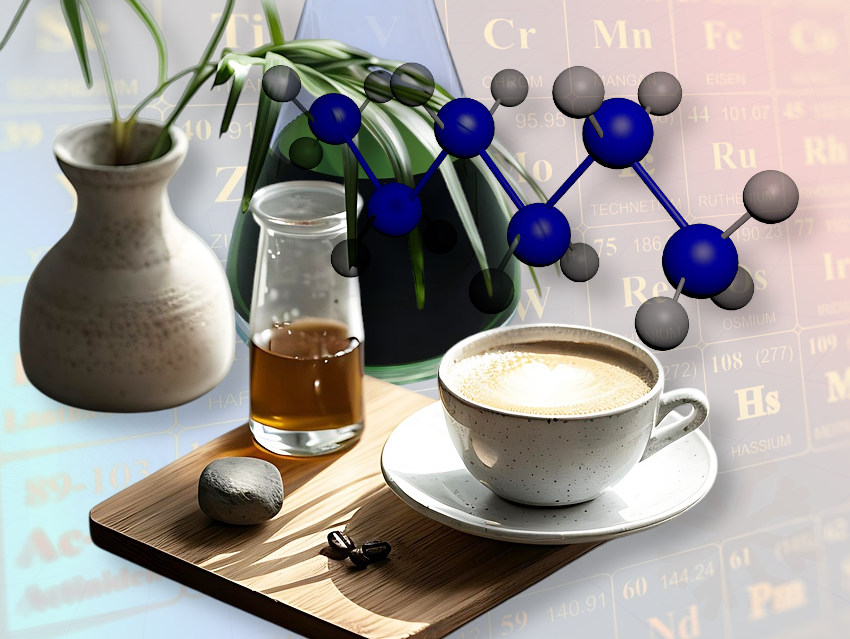This curated collection examines the chemistry of everyday foods and drinks—from the flavors of herbs and spices to the processes behind coffee roasting, alcohol digestion, and chocolate production. It also looks at the chemical changes in cooking and the discovery of key ingredients and techniques.
Explore a growing list of articles, videos and clever pictures below.
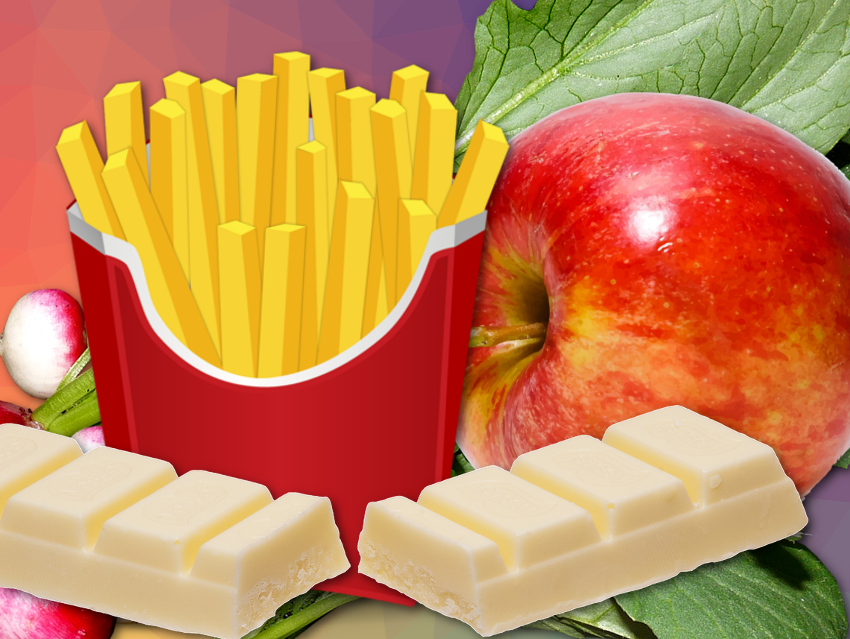
Which food components might modify brain activity patterns and induce compulsive eating? How food components interact with the GABA type A receptor and the search for neuroactive food ingredients.
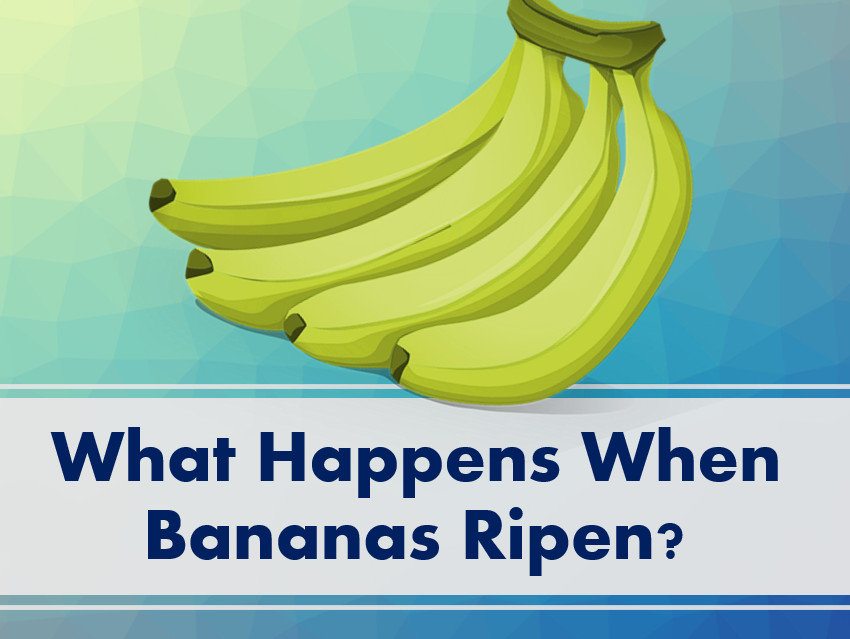
Bringing ripe bananas to the market is not so easy—what happens in the fruit during ripening?
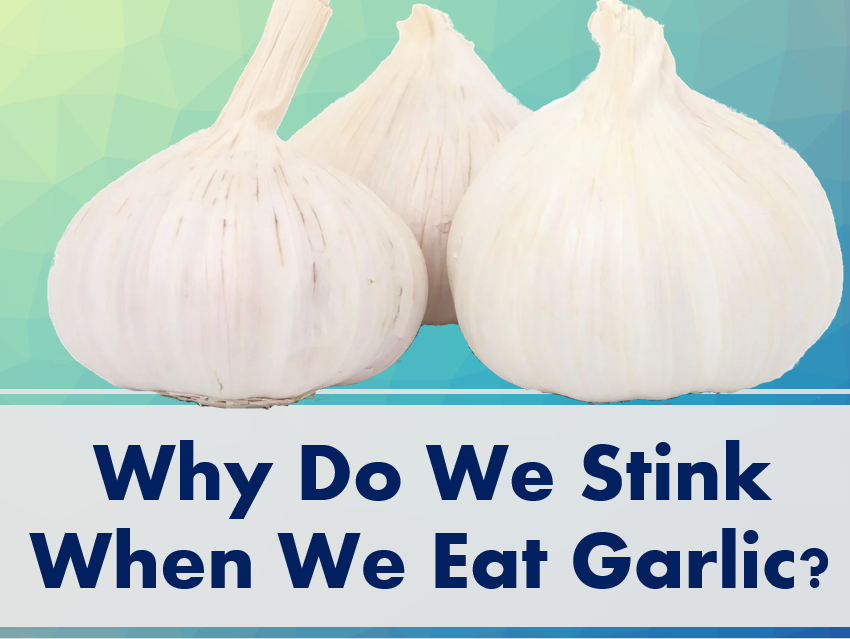
The video shows how the smell is created and what influences it.
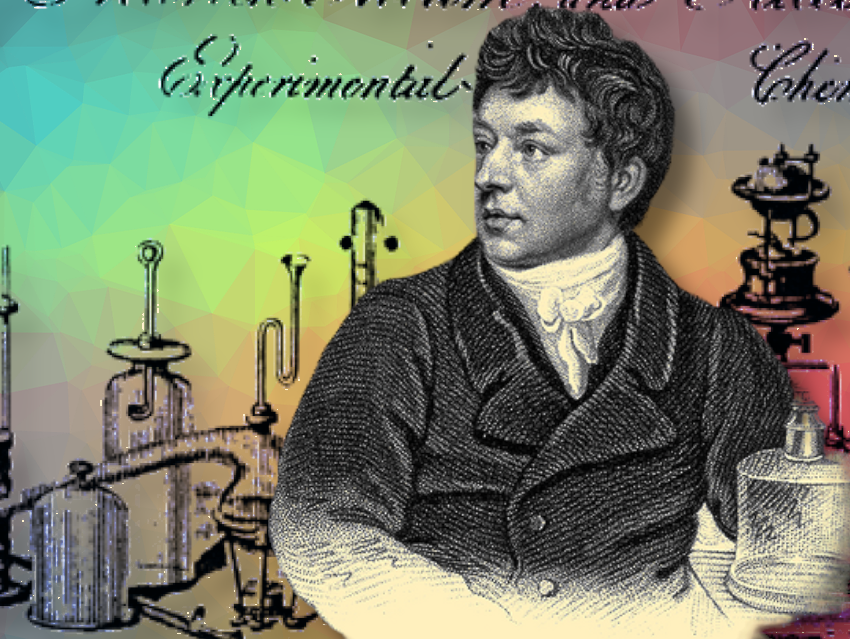
Why did Fredrick Accum’s 1820 book on food adulteration not make him a pioneer of consumer protection?

What substances cause the characteristic smell of asparagus pee?

Why can only Capsicum plants synthesize compounds that sting the tongue?

From early cures to the structure determination and synthesis of vitamin C.

How the long road to understanding vitamin C deficiency was paved with missed chances.

Exploring chemistry through the lens of Islamic and Judaic dietary law.

What are human milk oligosaccharides (HMO), and how are they synthesized? Found in breast milk and infant formula, they support gut health and immunity.
🍳 Cooking
From the Maillard reaction to emulsification, from whipped egg whites to baking powder and, of course, cooking itself … — there is chemistry involved everywhere.
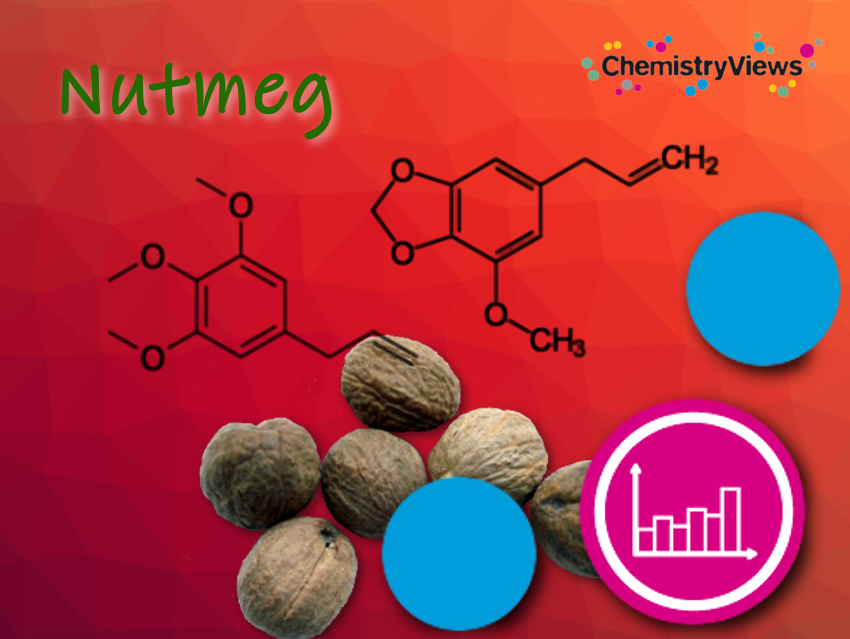
A look at the chemistry of the slightly volatile aroma of nutmeg
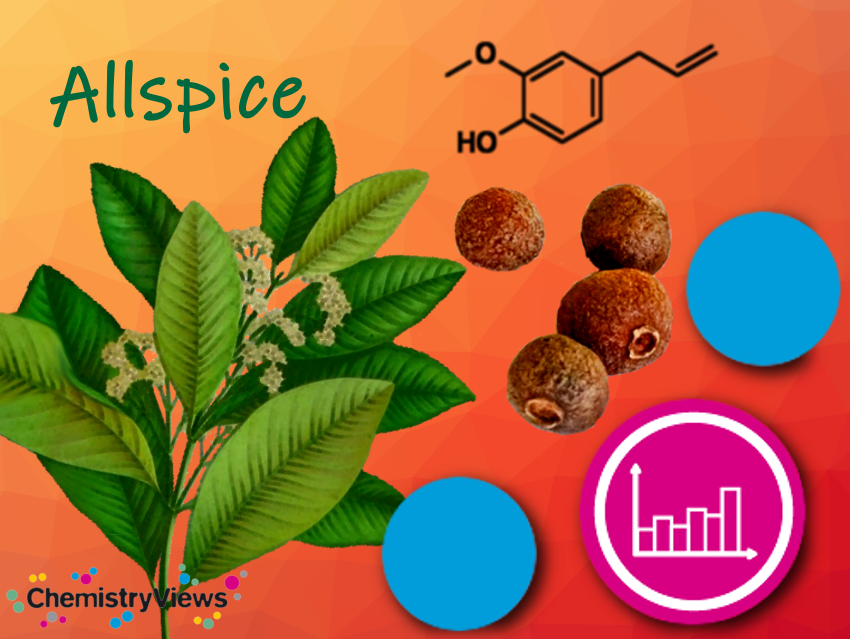
Contrary to what its name suggests, allspice is not a mixture but one unique ingredient

Klaus Roth uncovers the nature of this culinary-chemical marvel, and thereby comes to enjoy it all the more

A compilation of articles on chemistry related to spices

What’s the difference between breast and drumstick in your thanksgiving roast?

Shear stress applied to protein solutions facilitates unfolding and refolding of target proteins

Uwe Bunz talks about what he cooks in the lab and at home, and shares his favorite aromatic dish, Oxtail with Fennel
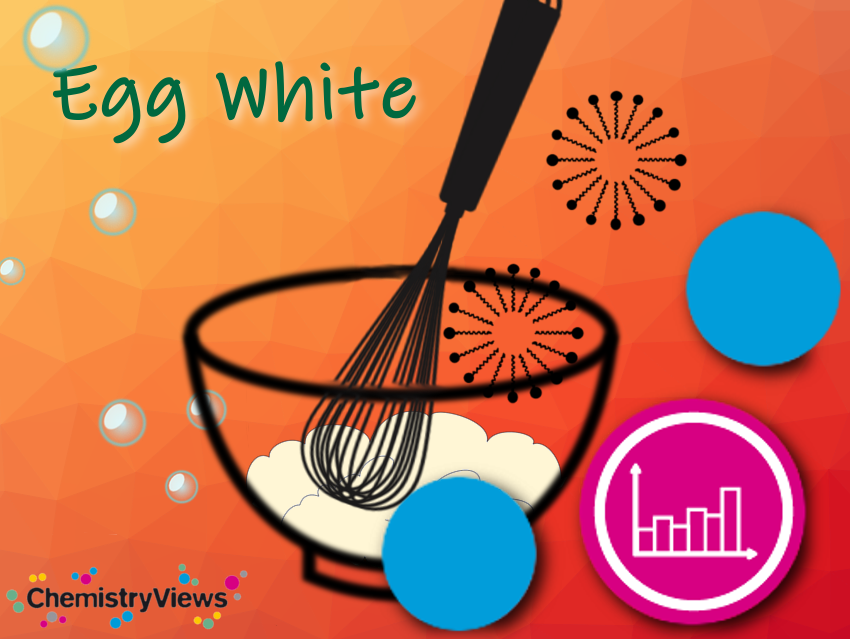
Egg white or albumen is very suitable as a baking agent, as it forms a voluminous and strong foam
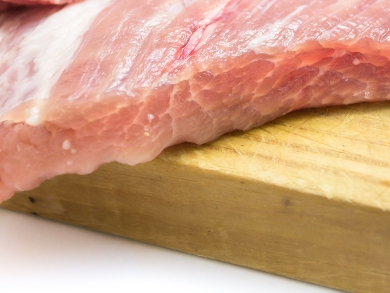
Can artificial meat be produced cheaply on a large scale?

Focus: The Chemist’s Fear of the Fugu
The chemist’s fear of the fugu or pufferfish extends as far as the distinctive and intriguing poison it carries

Plastic cutting boards could produce significant amounts of microplastics during food preparation

Chloramine residues in tap water can react with iodide in table salt
🍪 Baking
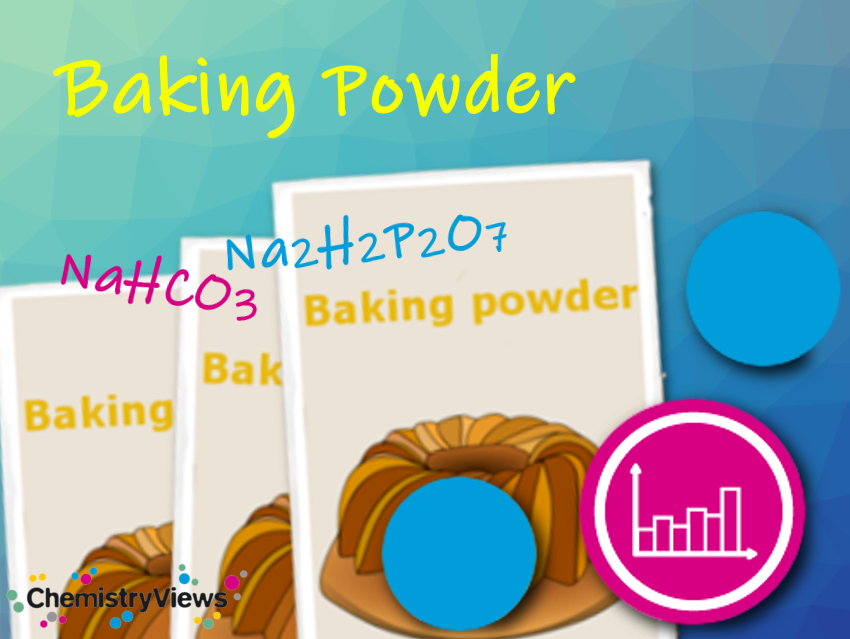 |
Clever Picture: Baking Powder Chemistry, We know baking powder as raising agent from the kitchen and in this Clever Picture we take a look at how it works and how it was developed |
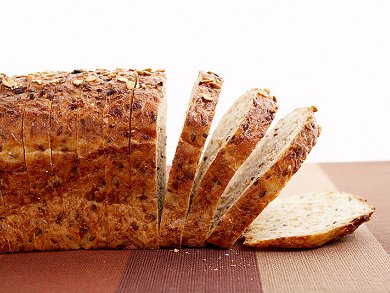 |
Focus: Our Daily Bread, Transformation of ripe ears of grain into a fragrant, aromatic bread borders on the miraculous and behind such a miracle lies chemistry |
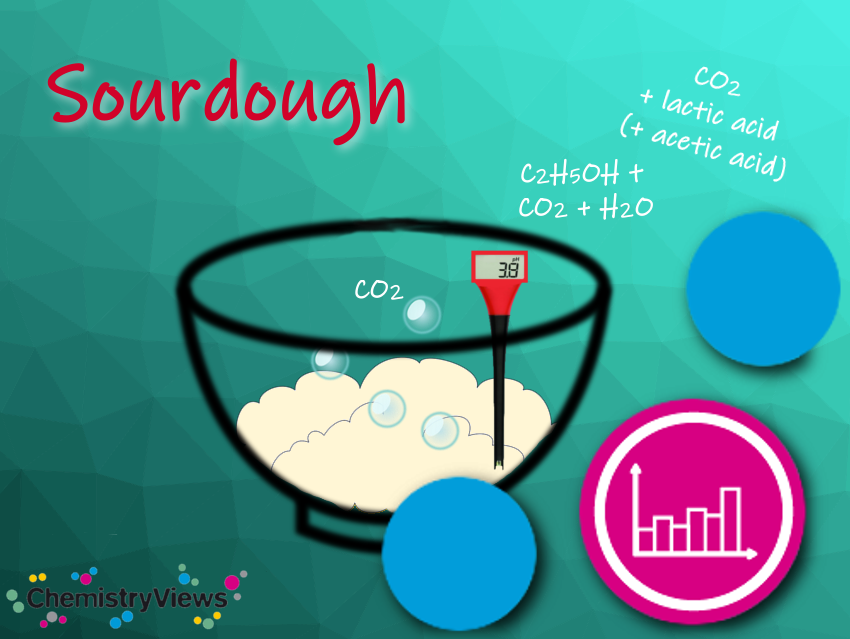 |
Clever Picture: Sourdough Chemistry, A stable symbiotic culture of lactic acid bacteria and yeasts used as a leavening agent |
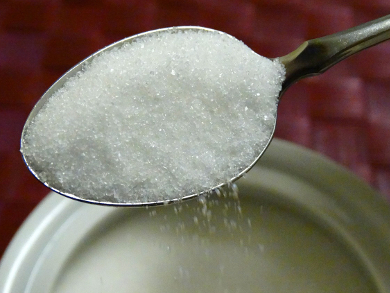 |
Focus: The Saccharin Saga, The invention of the first artificial sweetener and a lifetime battle for credit and how other artificial sweeteners followed |
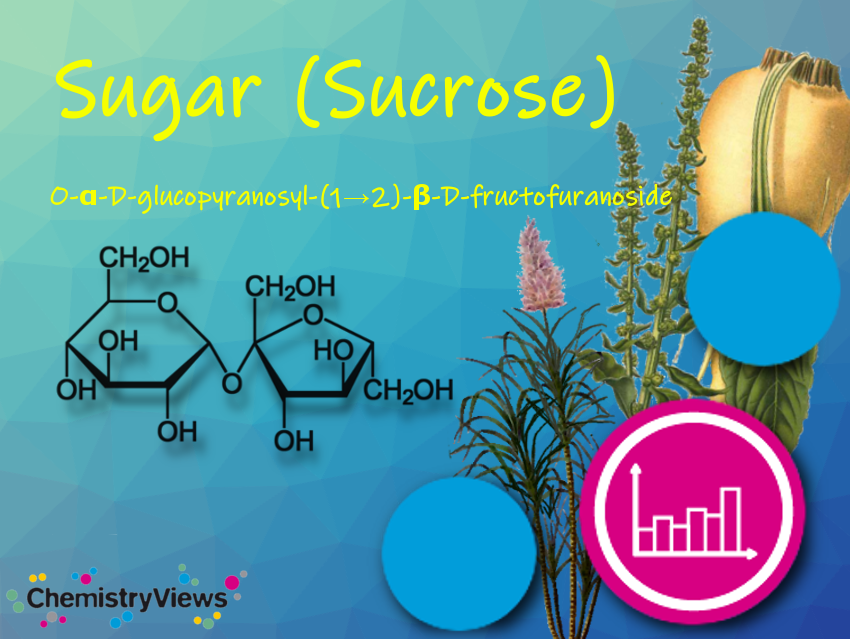 |
Clever Picture: Sugar Chemistry We all love sugar, but what is it chemically and since when do we know sugar? |
 |
Clever Picture: Egg White Chemistry, Egg white or albumen is very suitable as a baking agent, as it forms a voluminous and strong foam |
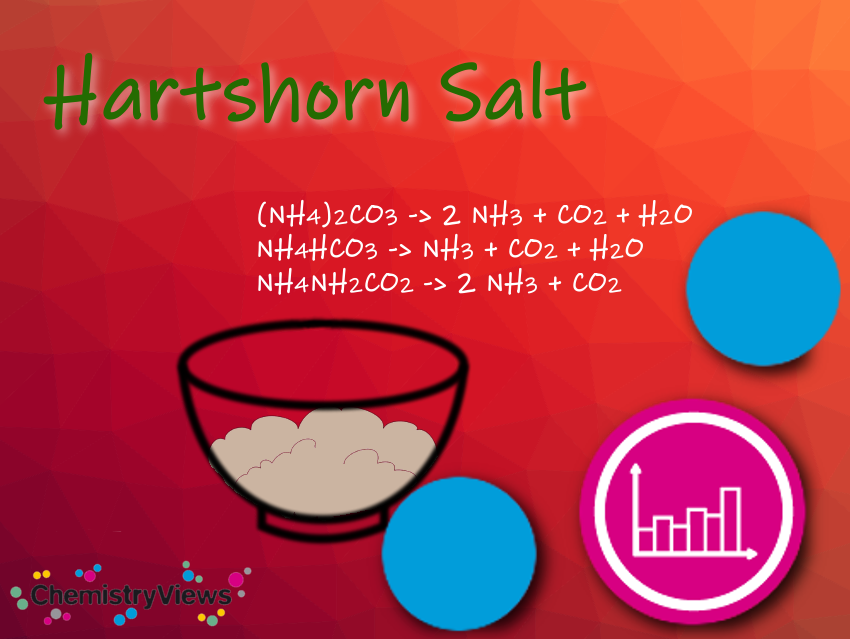 |
Clever Picture: Hartshorn Salt Chemistry, https://doi.org/10.1002/chemv.202000139 Hartshorn salt is a mixture of two parts ammonium hydrogen carbonate and one part ammonium carbonate and some ammonium carbamate |
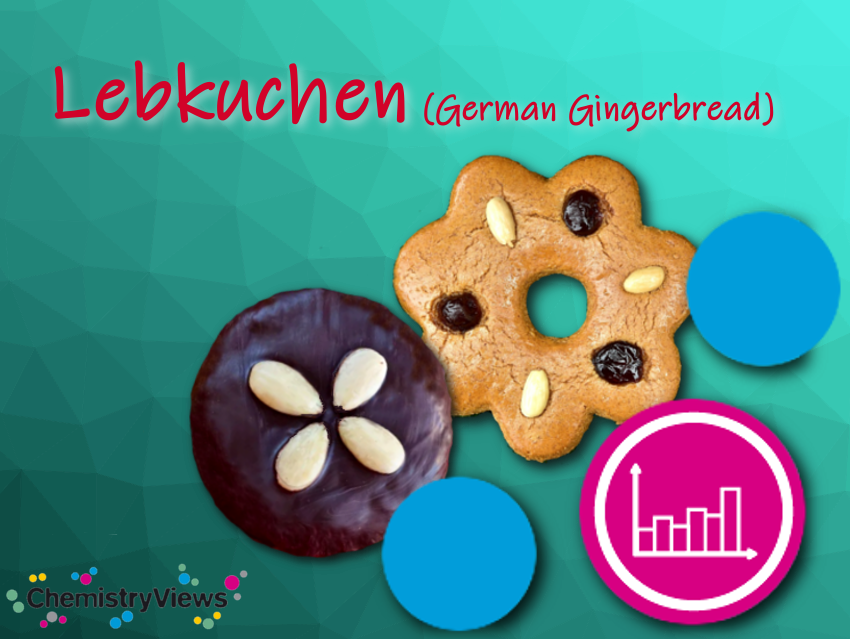 |
Clever Picture: Recipe for Lebkuchen, German gingerbread is soft and moist and is made with nuts and a special spice mixture, the Lebkuchen spice |
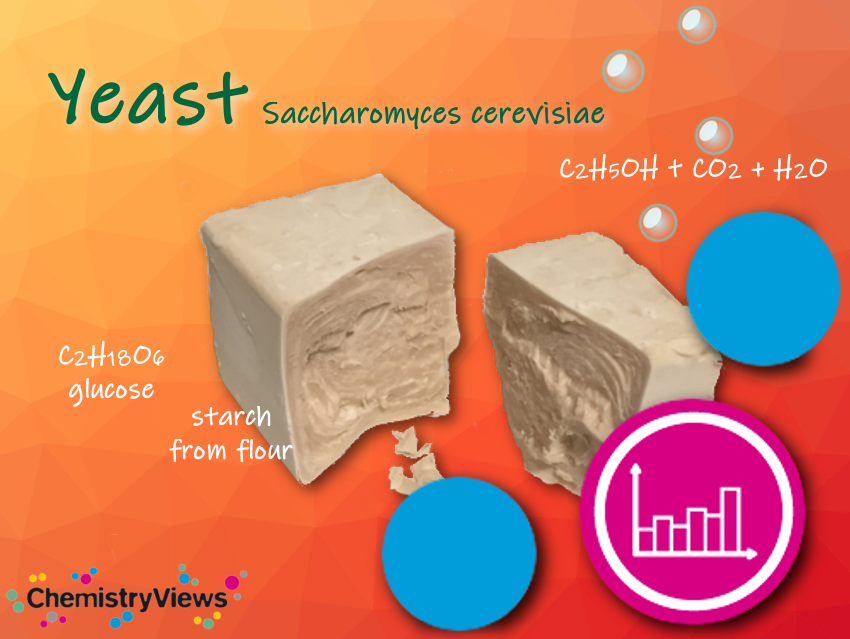 |
Clever Picture: Yeast Chemistry Yeast has been of vital importance in winemaking, baking, and brewing since ancient times |
 |
Focus: A Chemical Examination of the Isenheim Altar: Role Played in History by Horned Rye
The Isenheim Altar depicts the symptoms and treatment of “St. Anthony’s Fire”, the result of poisoning by ergot alkaloids. The article examines the disastrous influence that alkaloids from ergot have had in human history |
🍰 Sugar & Sweets
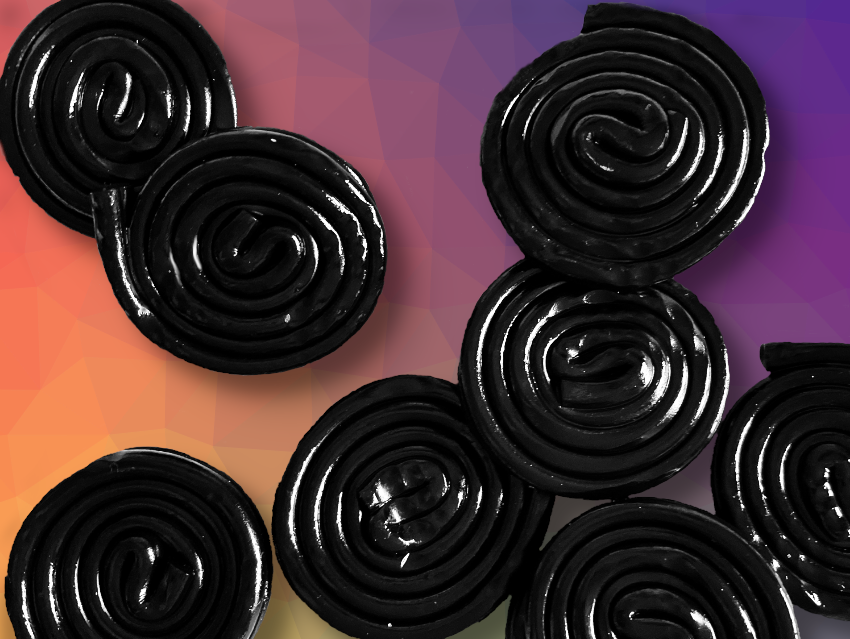
Focus: The Licorice Wheel
The root of the licorice plant is one of the oldest known remedies – we will take a deeper look at the chemistry of this healthy treat

Focus: The Saccharin Saga
The invention of the first artificial sweetener and a lifetime battle for credit

Focus: Chocolate – The Noblest Polymorphism
29 July 2010 — Chocolate is a cultural asset of mankind. Klaus Roth proves, once again, only chemistry is able to produce such a celestial pleasure

The short video explains chemistry’s role in honey formation and crystallization

In the quiz, we take a closer look at the chemistry of the sugary world
💧Water

Is such a thing as “water poisoning” possible?
 Alcohol
Alcohol

A closer look at the chemical role hops play in the beer-brewing process shows how beer owes its marvelous flavor to a great deal of chemistry.

Beer owes its marvelous flavor to a great deal of chemistry.
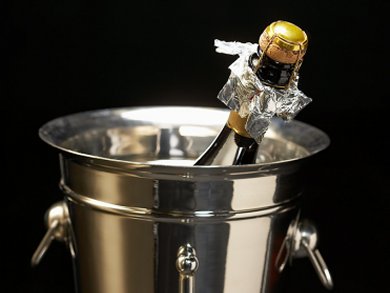
Looking a bit deeper into the glass we discover that there is a great deal of chemistry involved … only chemistry can be this tingling.
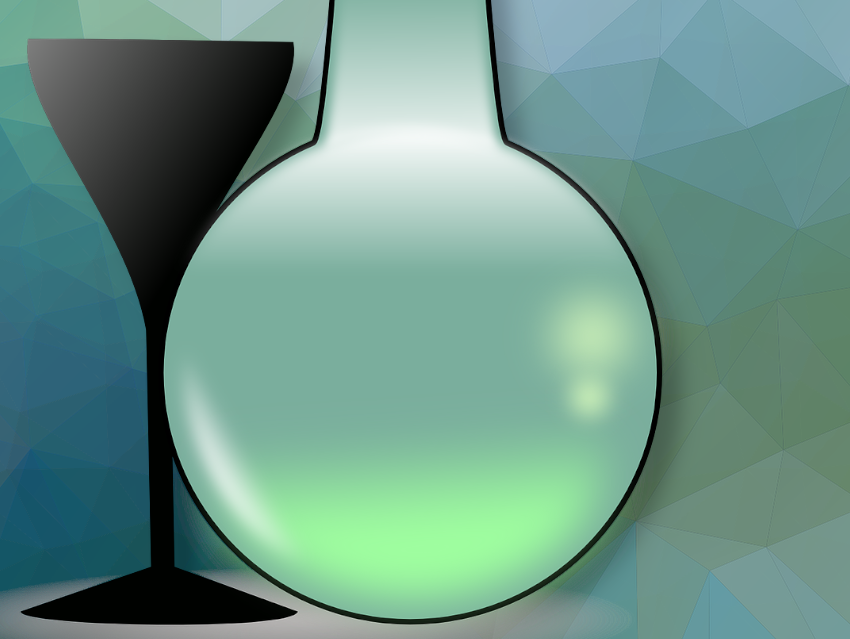
When drinking modern absinthe, is there still a chance of getting a kiss from the Green Fairy like the Bohemian Parisians at the end of the 19th century?

The short video describes which processes take place in the body during alcohol breakdown and how long this takes.

What happens to alcohol after it has been consumed?

How can a tiny molecule like ethanol be at the root of so much human misery?

The effects of packaging depend on the beer style—there is no universal best choice.

Hefeweizen is served in special glasses that enhance its aroma and appearance—chemistry plays a role in the design.
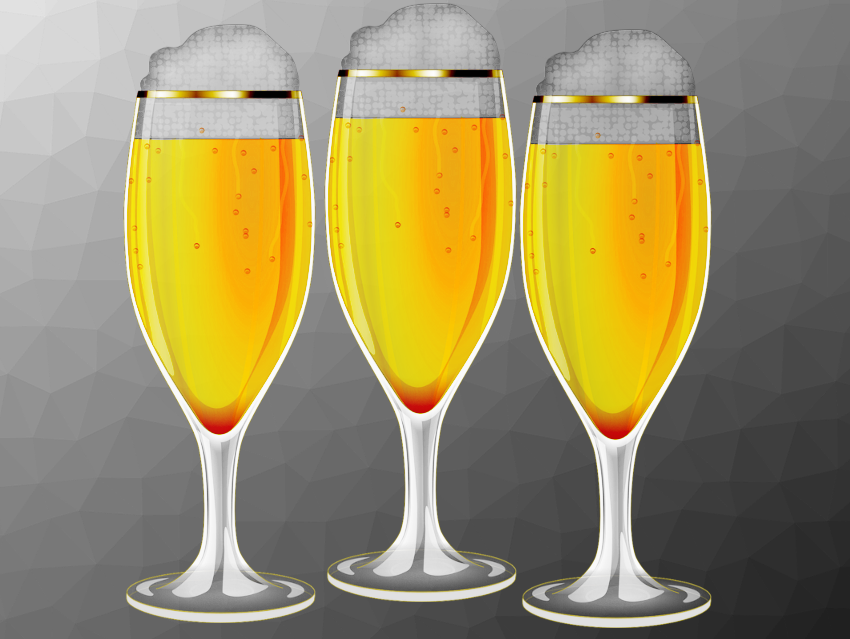
Molecular sieves can remove excess sweetness from non-alcoholic beer.
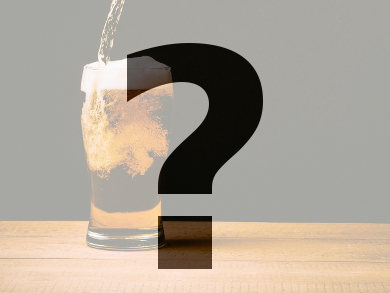
Why was the Reinheitsgebot introduced 500 years ago?

Beer is more complex to make than wine—why bother?
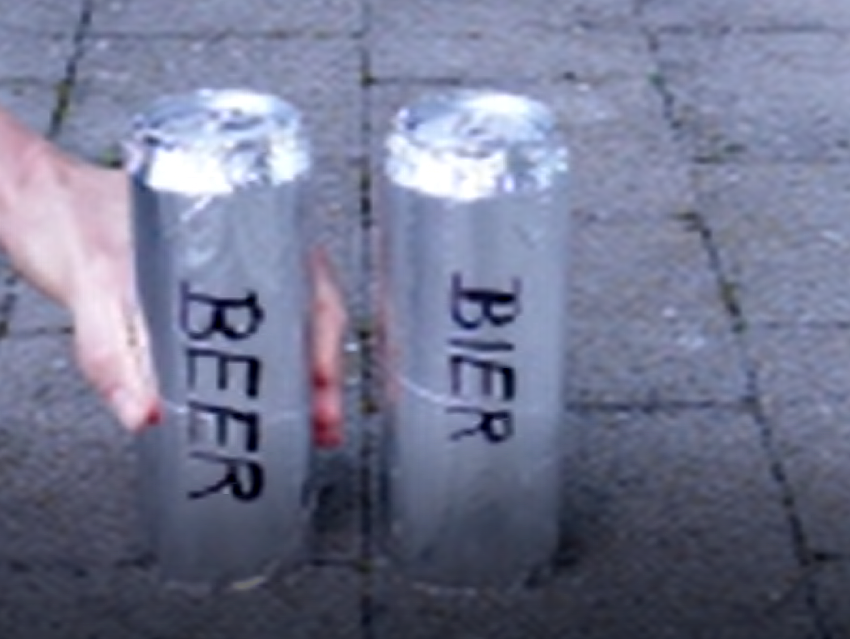
How do you distinguish a shaken can of carbonated beverage from an unshaken one?
☕ Coffee
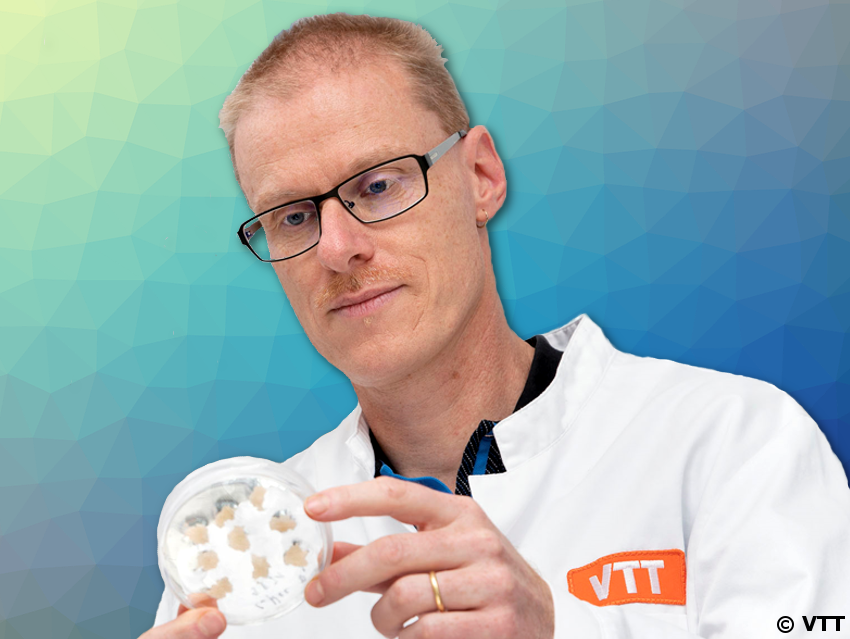
Interview with Heiko Rischer, VTT Finland, about the potential of cellular agriculture for sustainable food production

Klaus Roth concludes his look at espresso with a scrutinizing glance at the foamy, consolidated surface layer, the crema.

Klaus Roth proves that no culinary masterpiece can be achieved without a basic knowledge of chemistry.
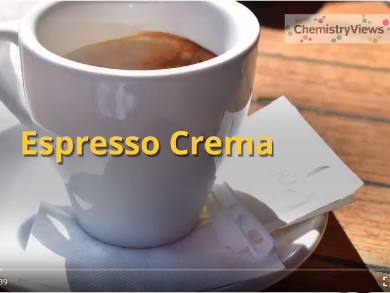
Why does an espresso need a crema and what should it look like?
